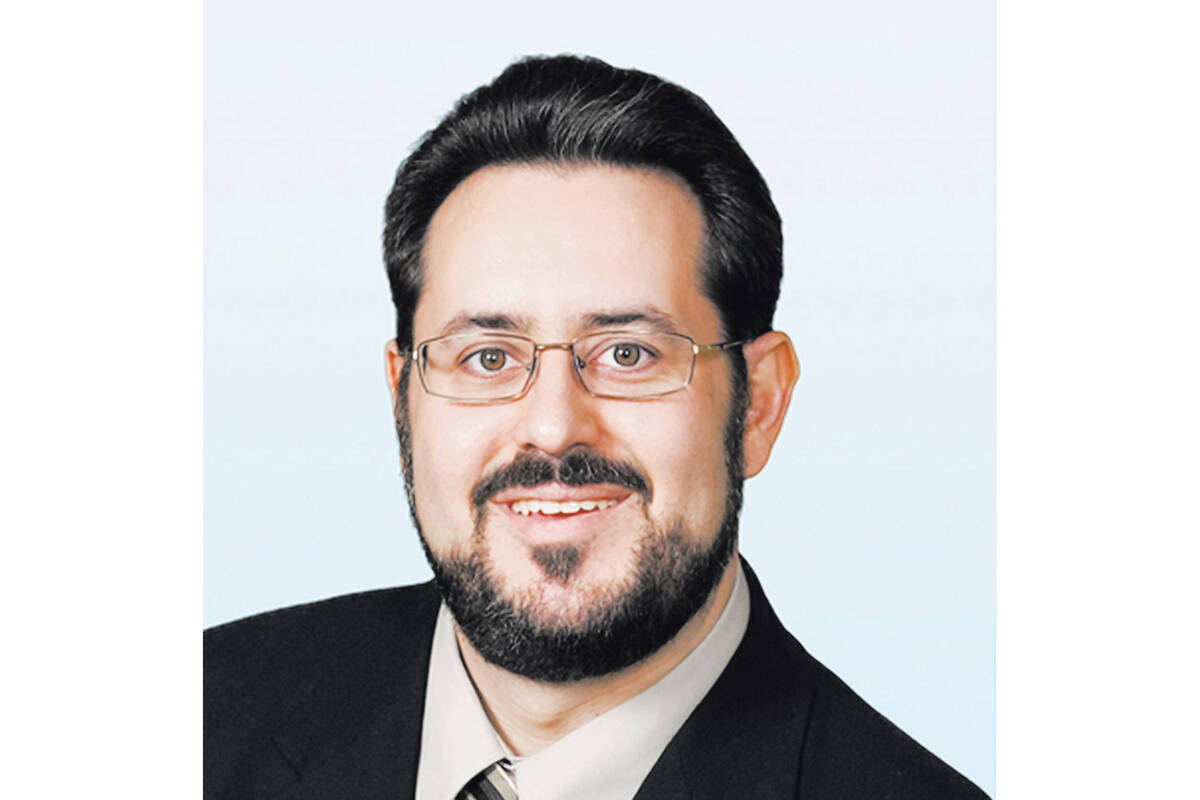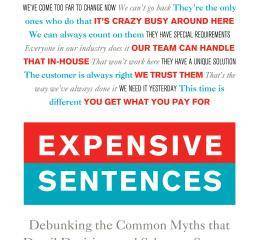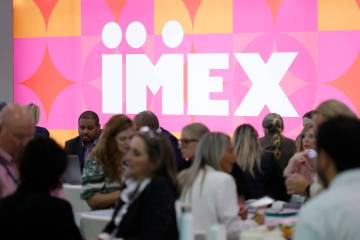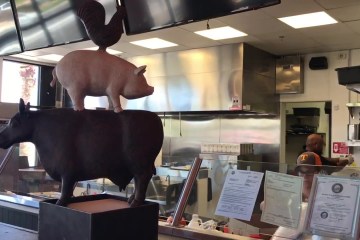While the retail vacancy rate remains low despite some closures by major retailers and demand for retail space remains strong, there’s still some challenges ahead for the industry in Las Vegas.
Clark County had taxable retail sales of $30.3 billion over the past 12 months, representing a negative 1.2 percent annual growth. Eating and drinking places had taxable sales of $12.6 billion over the same period, representing negative 3.7 percent annual growth, according to John Stater, Colliers’ research manager.
In that period, Southern Nevada lost 1,100 retail jobs, including 300 jobs in health and personal care stores and 100 jobs in food and beverage stores. Eating and drinking places lost 100 jobs over the same period, although full-service restaurants added 200 jobs, Stater said.
Although vacancy has slightly increased in Southern Nevada’s retail market over the course of 2025 to 4.4 percent, retail has remained the most stalwart of the commercial real estate sectors this year, Stater said.
That’s despite the first quarter posting significant negative net absorption due to the closure of several big box stores in the valley and nationwide — closures that erased much of 2024’s growth, Stater said.
The two quarters that followed had 215,018 square feet of net absorption, which brought year-to-date net absorption into positive territory, Stater said.
“While year-to-date net absorption was positive for the market, employment and taxable sales growth was negative, suggesting challenges ahead for Southern Nevada’s retail market,” Stater said.
The challenges faced by the industry with a slowing economy comes as retail continues to evolve in Las Vegas and elsewhere.
Joshua Strauss, New York-based president of retail and entertainment at the Dreamscape Cos., said the industry is tinkering with the prototype of stores it wants. Most are coming down in size because they want to be efficient in their space because it isn’t necessary to have as much merchandise on their floors when people can order what they want from their phones.
“It has been more of a showroom than buying something and bringing it home,” Strauss said during a CCIM luncheon last week at The Orleans. “Tenants are losing their shirts because it’s too much of a liability to have all that space. We are consistently seeing consolidation.”
Strauss said the trend — whether it’s retail, restaurants or entertainment — is about creating an experience. People are spending more than ever on experiences, and it becomes a social event outside of the four walls.
“It’s not about retail stores putting up garments,” Strauss said. “You have to carry a lifestyle and make people feel welcome and engaged. You see that when you walk into a lot of stores.”
Building owners are looking to repurpose their facilities to add entertainment when retailers move out, Strauss said. He’s a big fan of Area 15, the interactive entertainment complex. Retailers, restaurants and other entertainment want to be around like-minded operators that target the same customers and further expose their brand, he noted.
“Area 15 is the most impressive project I have seen in Vegas in years, and years and it shows if you build it they will come, “ Strauss said.
“There’s a large demand for retail space but not enough is getting built,” Strauss said. Retail across the country is strong from a demand perspective and that goes for dry goods despite Amazon poaching on retail businesses. The climate for building new retail is challenging. The regulatory process is strict and prohibitive, but there is retail demand.”
Brian Sorrentino, director of ROI Commercial, said Las Vegas is among markets with historically low vacancy rates. While everyone thinks retail is not making it, there’s pent-up demand because nobody is building enough space.
“The repurposing of existing space is the only way new retailers and new companies can come into cities around the country,” Sorrentino said. You have to repurpose because you can’t afford to buy land and build retail space anymore because the rent is so high that retailers can’t make any money. We also are seeing a huge change in the retail real estate business just because of the online with Amazon. I focus on restaurants because of convenience and you can’t eat on Amazon, yet. Nationally, retail is always going to be strong. We didn’t have the struggles the office market had during COVID.”
Stater said the third quarter saw 169,083 square feet of retail completions, most of it in the form of a new Costco in the southwest submarket. A total of 305,985 square feet retail space was scheduled for completion over the next four quarters, with 63.2 percent of that space pre-leased.
Retail net absorption was 87,772 square feet this quarter, lower than one quarter ago and one year ago. Net absorption was highest for community centers this quarter at 251,930 square feet, followed by free-standing retail at 174 square feet. All other retail subtypes experienced negative net absorption this quarter, the highest, being in strip centers, at negative 117,591 square feet.
Among submarkets, the southwest had the valley’s strongest net absorption this quarter at 182,844 square feet. It was followed by downtown at 45,023 square feet and University East at 34,938 square feet. Negative net absorption occurred in the Henderson, North Las Vegas and west central submarkets, Stater said.
The retail businesses most active in occupying retail space over the past four quarters were involved in miscellaneous retail (22.4 percent), food (14.9 percent), apparel (13.1 percent), personal services (10.6 percent), amusement and recreation (6.2 percent), health services (6.1 percent) and eating and drinking places (5.1 percent), Stater said.
Local companies took 61.1 percent of the leased square footage tracked over the past four quarters, followed by companies from the Southwest (12.1 percent), Pacific Northwest (8.6 percent) and Mid-Atlantic states (6.3 percent). The shift from national and regional companies to local companies explains the lower net absorption levels they have seen in 2025 compared to past years, Stater said.
On leases signed over the past 12 months, rent increases averaged 3.1 percent per annum, 0.1-point higher than the previous period. Free rent averaged 3 percent of the lease term, up slightly from the previous period. The average tenant improvement allowance was $17.62 per square foot, lower than last quarter.
Among submarkets, North Las Vegas, northeast, northwest, southwest and west central had vacancy rates below the valley average, while downtown, Henderson and University East had above average vacancy. The valley’s lowest vacancy rate was in the southwest at 2.9 percent and highest was in the downtown submarket at 7.1 percent, Stater said.
The average asking rental rate for retail space increased to $1.88 this quarter. This was $0.17 per square foot higher than one year ago. The Henderson submarket, with 4.5 percent vacancy, had the valley’s highest asking rates at $2.87 per square foot. It was followed by the 2.9 percent-vacant southwest submarket at $2.75 per square foot.









